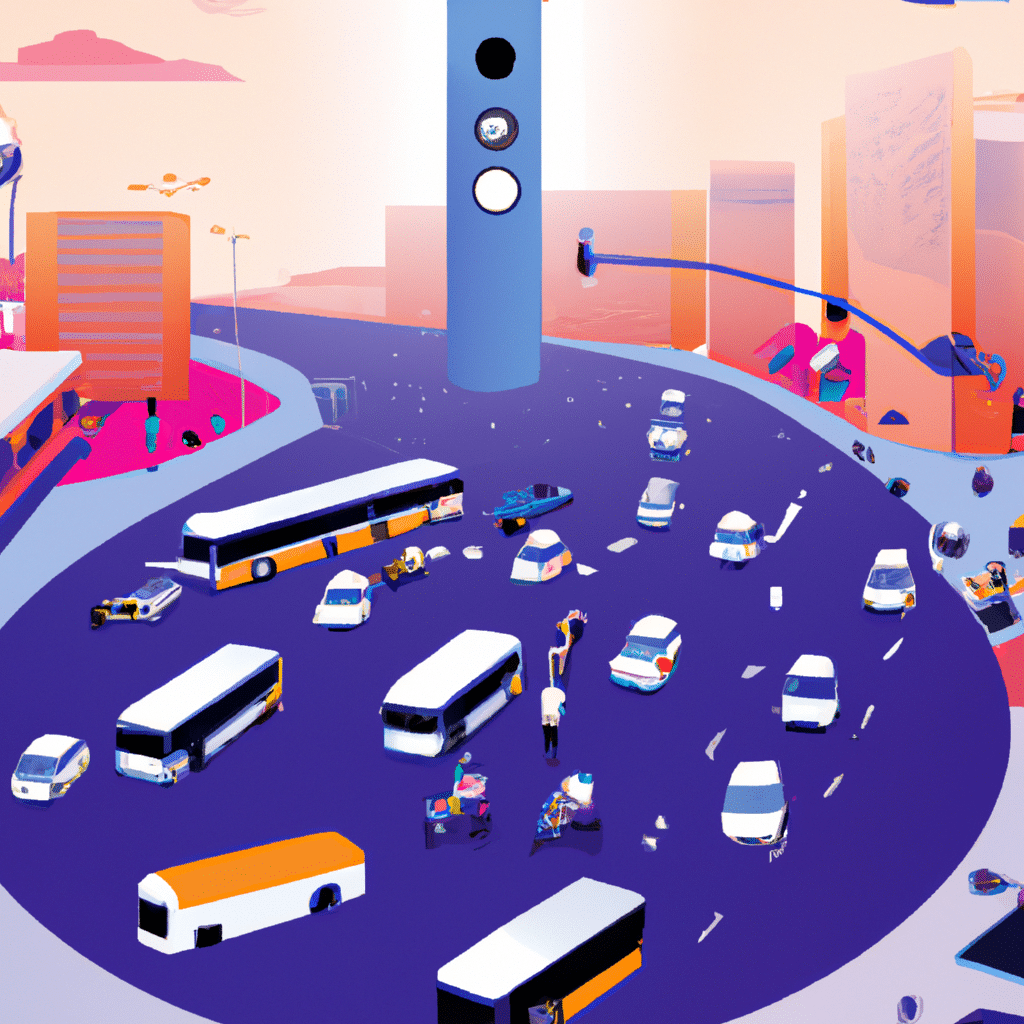The Potential of AI in Improving Public Transportation Safety
Public transportation systems are essential for many people to commute to work or travel around cities. However, safety concerns remain a major issue for both passengers and operators. Accidents and incidents on public transportation can cause serious injuries and even fatalities, leading to negative consequences for individuals and society as a whole. Artificial intelligence (AI) has the potential to improve public transportation safety by providing advanced analytics and predictive capabilities that can help prevent accidents and reduce risks.

Understanding the safety challenges in public transportation
Public transportation systems face various safety challenges, such as collisions, derailments, fires, and criminal activities. These challenges can be caused by various factors, including human error, equipment failure, infrastructure issues, and environmental conditions. In addition, public transportation systems must deal with large volumes of passengers and vehicles, which can increase the complexity of safety management. Traditional safety approaches may not be sufficient to address these challenges, as they rely on reactive measures and manual processes that may not be efficient or effective.
How AI can improve safety in public transportation
AI technologies can provide new opportunities to enhance safety in public transportation. By analyzing large amounts of data from various sources, such as sensors, cameras, and social media, AI systems can identify patterns, detect anomalies, and predict potential safety risks. This can help operators take proactive measures to prevent accidents and incidents before they occur.
For example, AI-powered video analytics can monitor public transportation facilities and vehicles to detect potential safety hazards, such as unattended bags or suspicious behaviors. AI systems can also analyze traffic patterns and weather conditions to optimize routes and schedules, reducing the likelihood of accidents caused by congestion or adverse weather. Furthermore, AI algorithms can predict equipment failures and recommend maintenance actions, reducing the risk of malfunctions that can lead to accidents.
Real-world examples of AI in public transportation safety
Several public transportation systems around the world have already implemented AI technologies to improve safety. For instance, the Singapore Land Transport Authority (LTA) has deployed an AI-powered video analytics system that can detect and alert operators to potential safety hazards in real-time. The system uses advanced algorithms to analyze video feeds from cameras installed in buses and bus stops, identifying issues such as overcrowding, illegal parking, and suspicious behaviors.
In Japan, the Tokyo Metro has implemented an AI-based predictive maintenance system that can analyze data from various sensors installed in trains and tracks, identifying potential equipment failures before they occur. The system uses machine learning algorithms to detect patterns and anomalies in sensor data, enabling maintenance crews to take proactive measures to prevent breakdowns and reduce service disruptions.
Challenges and considerations for AI in public transportation safety
While AI has great potential to improve public transportation safety, it also faces several challenges and considerations. One of the key challenges is data quality and availability. AI systems rely on large amounts of high-quality data to provide accurate and reliable insights. However, public transportation systems may not have complete or consistent data, or may face privacy and security concerns when collecting and sharing data.
Another challenge is the need for skilled personnel and resources to develop and maintain AI systems. Implementing AI technologies requires expertise in data science, machine learning, and software development, as well as the necessary infrastructure and hardware. Public transportation operators may need to partner with external providers or invest in building internal capabilities to fully realize the benefits of AI.
Conclusion
AI has the potential to revolutionize public transportation safety by providing advanced analytics and predictive capabilities that can help prevent accidents and reduce risks. By analyzing large amounts of data from various sources, AI systems can identify patterns, detect anomalies, and predict potential safety risks. Real-world examples of AI in public transportation safety demonstrate the effectiveness of these technologies in improving safety outcomes. However, challenges and considerations must be addressed to ensure that AI is implemented in a responsible and effective manner. Public transportation operators must carefully evaluate their needs and capabilities before implementing AI technologies, and work with experts and stakeholders to ensure that they are used to their full potential.












